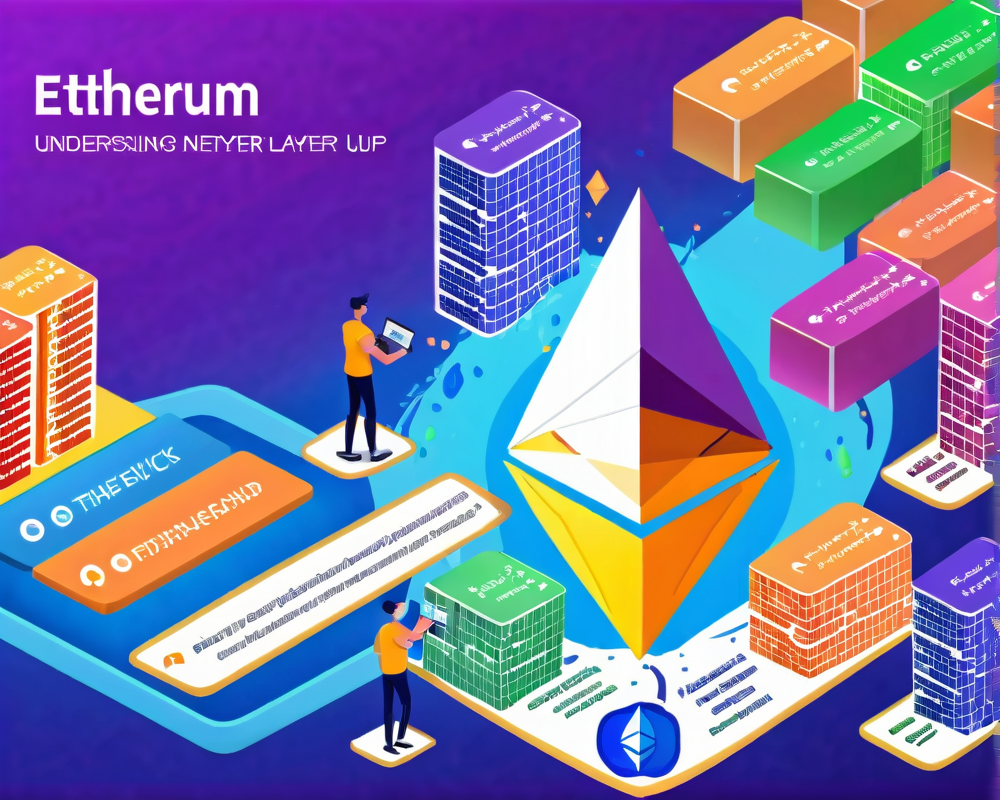Ethereum’s Layer-2 Landscape
In the fast-paced world of blockchain, Ethereum’s layer-2 networks are becoming a critical discussion point for developers and users alike. As new technologies emerge, the race to enhance scalability and usability heats up. This is not just a tech debate; it’s a lifeline for developers looking to provide seamless Web3 experiences.
The Concept of App-Specific Rollups
App-specific rollups are growing in popularity for their potential to solve scalability challenges. These are tailor-made solutions designed to cater to specific applications, allowing them to operate without the burden of competing for block space. The Cartesi team has highlighted that when applications share the same rollup, the resultant traffic can lead to skyrocketing fees and frustration for users.
Why Scalability Matters
Imagine a concert where only a handful of fans are allowed in; the ticket prices would soar just to get inside. This analogy perfectly illustrates the Ethereum network’s current scenario. When multiple apps and their users vie for the same space, the costs shoot up, often scaring off newcomers. It becomes clear: if scalability remains an issue, retaining users is akin to trying to hold onto water without a bucket.
Use Cases for App-Specific Rollups
So, what makes app-specific rollups a superhero in this scenario? They allow developers to focus their resources on specialized needs. For instance, consider gaming applications. While the game economy does need to be on-chain for some aspects, many functionalities occur off-chain. Deploying these on general rollups can create unnecessary costs that could deter users from engaging with the gaming application. A solution? Customized rollups tailored specifically for gaming.
The Future of Layer-2 Protocols
As the Cartesi founders point out, the Ethereum ecosystem might soon find itself amidst a sea of layer-2 networks. However, they foresee that over time, only a select few protocols will thrive, building firm network effects and drawing users in as others struggle. This natural selection process could pave the way for a streamlined experience, where the best networks rise to the top and provide the most value to their users.
Conclusion: Rethinking the Blockchain Experience
This isn’t just about technology; it’s about the user experience. As the race continues among layer-2 networks, the emphasis must shift toward creating unique utilities that address scalability and user engagement head-on. The need for better solutions is clear, and only time will tell which networks will answer the call!




